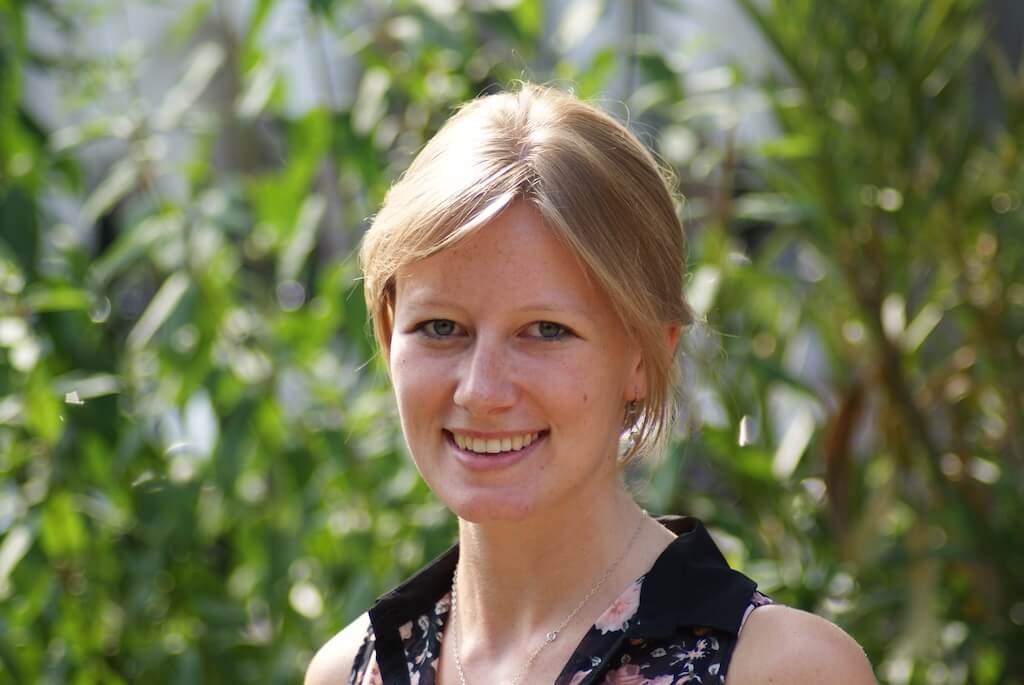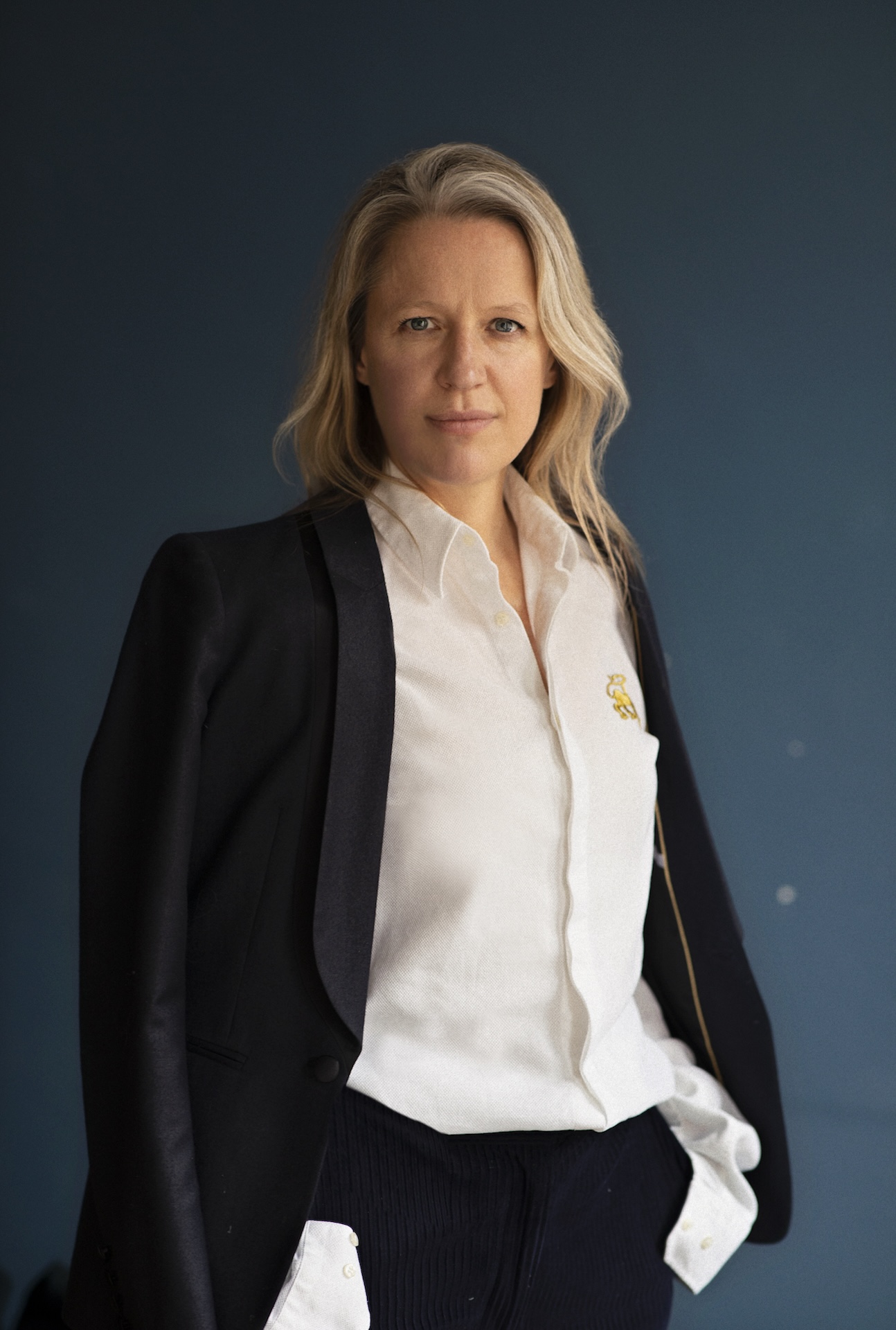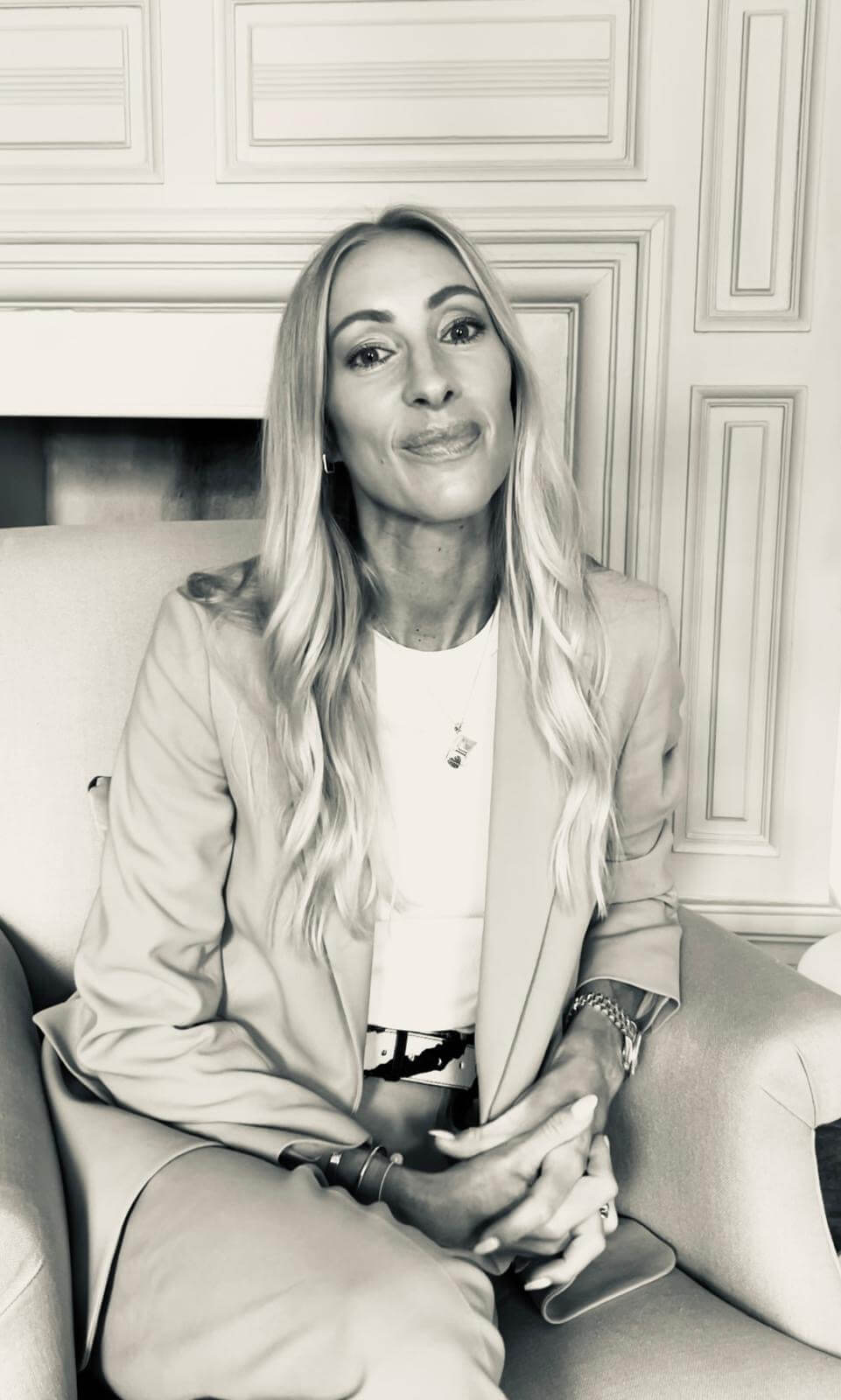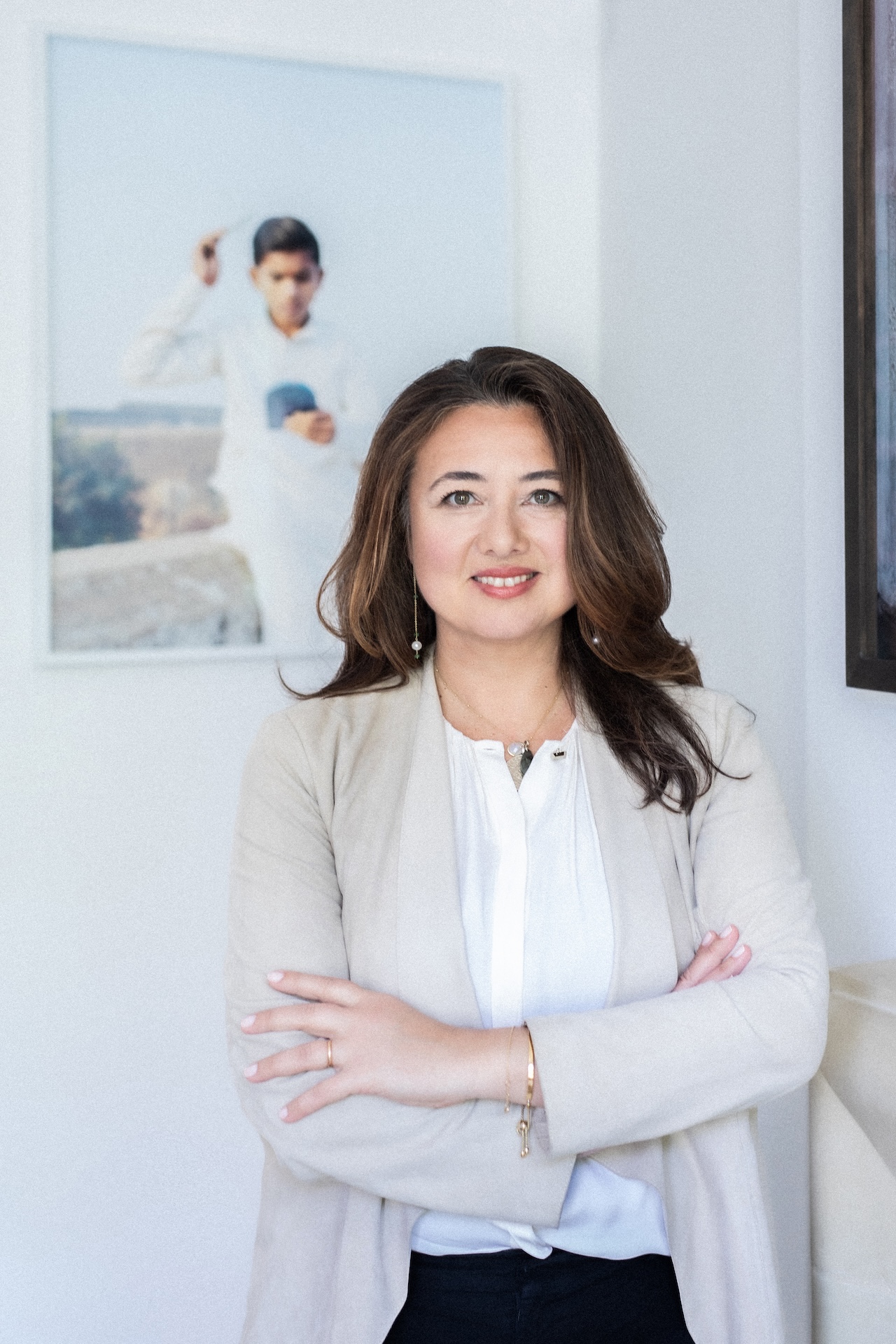

Interview Scientist Dr. Daisy Fancourt
THE WICK: How does a typical Monday begin for you?
Dr. Daisy Fancourt : Monday is a no-meeting day for me, so I get to delve straight into data, running new statistical analyses of the latest data from our trials, or designing new studies. It’s the perfect way of reminding me of all the things I love most about my job after the weekend!
TW: You are one of the most cited and influential Scientists in the world. How did your path to becoming a Scientist start?
DF: I actually couldn’t pick between arts and sciences at school – I loved both. So I originally did a music degree at Oxford University but combined this with working in the NHS, delivering arts programmes in hospitals every week. When I finished my degree I was offered an amazing job designing new arts programmes at Chelsea and Westminster Hospital in London. I got to see the remarkable health impact of the arts first hand, and this made me passionate about researching these effects. So I left the hospital to pursue science. I spent a number of years training in psychology, immunology, and statistics and everything has flowed from there.
TW: Your fascinating and groundbreaking work includes theoretical models for the ways in which music can have an impact on immune response. How did your interest in this area of the relationship between arts, mental health and physical well-being evolve?
DF: During my PhD, I researched the impact of music interventions on depression and anxiety. I was reading a remarkable literature about the biological correlates of mental health – how symptoms like stress and low mood affect cells and proteins in the immune system. These biological markers seemed to me a fantastic opportunity to test if the arts could affect not just our own perceptions of our health but objective markers of health. As the techniques for measuring biological markers has evolved, I’ve been able to expand on this work, so my team and I are currently exploring how arts engagement affects gene expression, and widespread protein and metabolite abundance in the body.
TW: How are you seeing the world of science and art collide?
DF: Arts and sciences are both at their heart about curiosity and creativity. They’re actually much closer than we might think on the surface! Research is getting more and more interdisciplinary, so scientists, medics and artists are increasingly working together on projects, which I love to see.
“Arts and sciences are both at their heart about curiosity and creativity. They’re actually much closer than we might think on the surface!”
Dr. Daisy Fancourt
TW: Your research has highlighted the positive impact of arts and culture on health and wellbeing. How are you looking to grow this research with your work at UCL and Jameel Arts & Health Lab?
DF: My team and I have published a lot on the impact of engaging in the arts for population health. We started this work in the UK and the US but a few years ago my team was designated the first World Health Organisation Collaborating Centre on Arts and Health. Through this work and the partnership with Jameel Arts and Health Lab that has grown through this, we’re now expanding this work to countries all around the world and we have lots of research and some big new policy reports in the pipeline.
TW: The recent Culture and Heritage Capital report, published in November 2024, shows that engaging with culture and the arts can significantly improve our mental health and wellbeing. What was the most exciting finding?
DF: This report is hugely exciting as it’s created a new way of quantifying the health economic impact of engaging in the arts. It’s just the first step in a lot of work to come, but it already shows some major health economic benefits both to individuals and society. In the UK each year, the benefits of people’s participation in the arts for general health is worth over £18 billion in terms of improvements to individual wellbeing, savings to the NHS and social care, and improvements in productivity (like how much people can work or volunteer or provide care to others). Imagine if we could double the amount people engage in the arts?
TW: You are also a professor and researcher at UCL. What are some of the challenges facing scientists working in the field of psychoneuroimmunology today?
DF: Scientists always have the challenge of winning research funding! I have a phenomenal team so I spend a lot of time writing funding applications so we can continue and grow our work. But it’s amazing seeing the increase in interest over the last decade in this subject from funders. People are increasingly realising how important the arts are for us.
TW: Where is your favourite Culturally Curious spot – Museum or Gallery – in London?
DF: I love the Science Museum in London. I used to work next door to it, so my husband and I would go to the Lates after work. Now, I’m starting to take my children and rediscovering it from a whole new perspective.
TW: If you have any artwork in your home – money and size no object – which piece would you want to live with and why?
DF: About 8 years ago I published a textbook on arts and health and on the front cover I had a beautiful picture of an artwork by Klari Reis – paint spots in a petri dish. She has created thousands of these petri dishes – everyone different. They’re an incredible fusion of art and science. I would love to have one of them in my own home. If money were really no object, I’d have an entire wall of them!
TW: Who is your ultimate Monday Muse – figure of enduring impact and legacy and why?
DF: I love Florence Nightingale – she was pioneering in so many ways. She was a trailblazing women within medicine, she was a statistician and developed new visual ways of engaging policy makers with statistics, and she also realised and wrote about the benefits of the arts for our health, noticing that patients who were exposed to the arts recovered faster.









